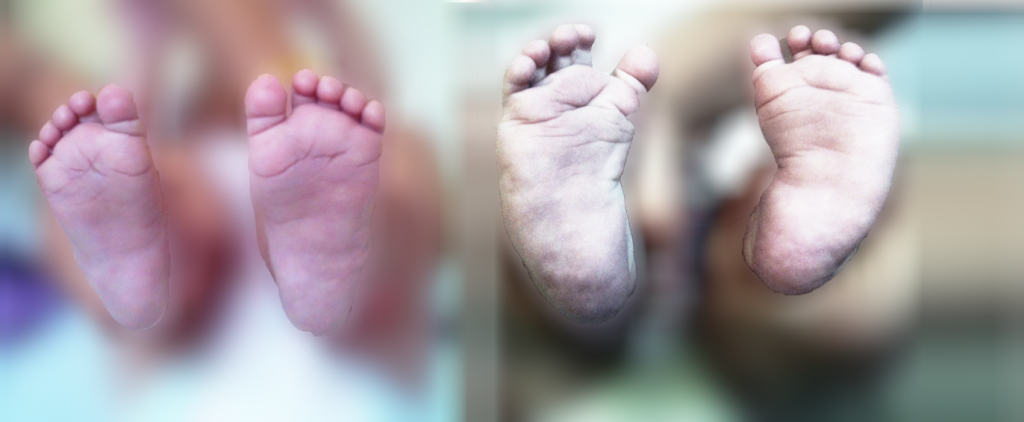Metatarsus Adductus Treatment
Metatarsus Adductus treatment in infants under 9 months – evidence-based.
The term “orthopedics” is taken from a book published in 1741 by Nicolas André from the University of Paris, on childhood deformity correction.
ὀρόό orthos (“correct”, “straight”) and ααιίίον paidion (“child”)
Later, this profession included all other musculoskeletal system diseases in children and adults.
Although modern orthopedics, is based on the issue of treating all kinds of deformities in children there are no qualified prospective studies about the incidence of congenital foot deformations, and their long-term follow-up, with significant complications.
Among the congenital musculoskeletal deformities, Metatarsus Adductus/ Varus or Forefoot Adduction is the most common malformation.
Because of poor screening and qualified prospective studies, its prevalence is controversial. The incidence of MTA has been reported up to 12% (POSNA).
From another point of view, the incidence of MTA in adults is reported up to 15% and MTA had been reported in 30% of Hallux Valgus cases.
Before and After with UNFO

Unfortunately, during the recent decades, the MTA has not received the proper attention due to a few inappropriate poor articles that presented the problem as a negligible and self-resolving problem, in contrast to objective findings and long term complications which are reported like the hallux valgus, Lateral foot pains, stress fractures of 5th metatarsus, pes cavus and disturbing skin warts, hammertoes, and shoe wear problems.
Complications of Metatarsus Adductus
The potential complications in the absence of early diagnosis and proper treatment of MTA require severe evaluation and reconsideration by all the involved institutes and baby caregivers.
It is very bizarre that despite the many reports on the long-term complications of MTA in the last two decades, less and less importance is given to early diagnosis and treatment of MTA in infants.
In many of these cases, doctors and baby caregivers ignore the problem with the excuse that time will do its trick and the problem passes by itself, although there is consensus that in 10-15% of cases the problem does not disappear by itself requires treatment.
It seems to me that this disconnection from reality derives from the fact that neglected cases refer to podiatrists or orthopedists – orthotist for treatment at an older age, and are not followed by pediatricians or baby caregivers who denied the problem.
It seems that in fact, anyone who ignores the problem is betting on the baby’s feet with all its consequences.
There is no place for poor screening policy and compromising access while we are responsible for the welfare of affected newborns. The progressed and sophisticated technology,
providing a simple and easy solution by a bracing technique like Universal Neonatal Foot Orthotics (UNFO), without serial castings, leaves us no place to refuse the treatment.
I am hopeful that soon we will all return to the right track, to preserve and maintain the legacy of modern orthopedics, which is based on the importance of treating the baby’s limbs deformation, among them the MTA, as a supreme value, and avoid passive approach and maltreatment.
Izak Daizade M.D Orthopaedic Surgery, UNFO medical center


